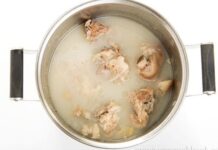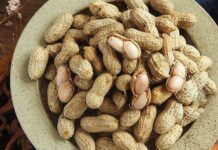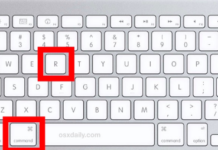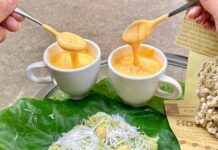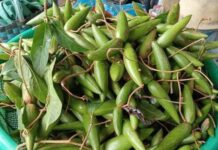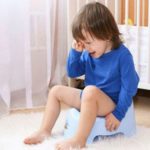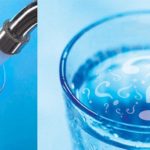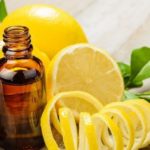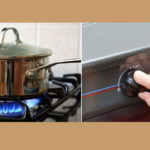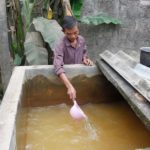Access to clean water is essential for our daily lives and directly impacts our health. Many areas and rural communities lack access to clean water. Here are some effective water purification methods that you can easily implement at home.
1 Purification using Aluminum Sulfate and Chlorine

Materials needed
- Aluminum Sulfate (Alum)
- Bucket or container (20-25L)
- Chlorine
Instructions
According to Professor Duong Duc Tien, this method is simple and effective. Here are the steps:
Advantages
- Easily accessible materials and simple purification process.
- Effective disinfection.
Disadvantages
- Difficult to accurately measure the required amount of chemicals for larger volumes of water.
2 Purification using Basella Alba (Malabar Spinach) Leaves

This is a simple and traditional method used by people in remote areas.
Materials needed
- Basella Alba (Malabar Spinach) leaves
- Water container
Instructions
Crush the leaves and add them to the water container. Stir well. The mucilage released from the leaves acts like alum, causing impurities to settle at the bottom, resulting in clearer water. Collect the clear water and store it for later use.
Advantages
- Easily accessible natural material.
- Simple process.
Disadvantages
- Limited purification effectiveness.
3 Purification using Cloth

This method can be time-consuming and only removes basic impurities. It is suitable for general household chores like laundry and washing dishes.
Materials needed
- Clean cloth
- Basket or colander
Instructions
Place the cloth in a basket or colander, adding multiple layers for better filtration. Pour the water through the cloth to remove sediment. Rinse and repeat as needed until the water is clear.
Advantages
- Easily accessible materials.
- Simple process.
Disadvantages
- Limited purification effectiveness.
4 Using a Water Purifier

To save time and achieve better purification, consider investing in a water purifier.
Materials needed
- Water purifier
Instructions
Water purifiers are convenient and efficient. Simply fill the machine with water, and it will take care of the rest. The purified water is safe for direct consumption.
Advantages
- Effective water purification.
- Easy to install and use.
Disadvantages
- Higher cost.
5 DIY Water Purifier using Plastic Bottles
 DIY Water Purifier using Plastic Bottles
DIY Water Purifier using Plastic Bottles
Materials needed
- Sand
- Gravel
- Activated carbon
- Water container
Instructions
Advantages
- Inexpensive and easily accessible materials.
- Effective at removing basic impurities.
Disadvantages
- Low output and time-consuming.
- May not eliminate all bacteria.
6 Purification using Cotton
 Purification using Cotton
Purification using Cotton
Materials needed
- Cotton
- Water container
- Funnel
Instructions
Advantages
- Inexpensive and easy to execute.
- Space-efficient.
Disadvantages
- Only effective at removing larger impurities.
- Suitable only for relatively clean water sources, such as tap water or mountain streams.
7 Boiling
 Boiling
Boiling
Materials needed
- Pot or kettle
Instructions
Simply boil the water. The temperature of 100°C will kill harmful bacteria.
Advantages
- Easy to execute.
- No additional filtering materials required.
Disadvantages
- Requires fuel for boiling.
- Suitable only for clean water sources, free from heavy metals.
8 Distillation
 Distillation
Distillation
Materials needed
- Pot
- Steamer basket
- Clean bowl
Instructions
Advantages
- No additional filtering materials required.
- Produces pure distilled water.
Disadvantages
- Requires fuel for boiling.
- The purity of distilled water depends on the quality of the source water.
9 Solar Disinfection
 Solar Disinfection
Solar Disinfection
Materials needed
- Water basin
- Pot
Instructions
Advantages
- Easy to execute.
- No additional filtering materials required.
Disadvantages
- Time-consuming.
- Water quality depends on the source, and this method is only suitable for relatively clean water.
10 Purification using Nano Water Filters
 Purification using Nano Water Filters
Purification using Nano Water Filters
Materials needed
- Nano water filter
Instructions
This method is simple and convenient. Purchase a Nano water filter and install it at home. Connect it to your water source, and you’re ready to use purified water.
Advantages
- Produces clean and safe water.
- Easy to install.
Disadvantages
- Higher cost.
- Nano water filters are also selective about the source water quality.
We hope that these methods will help you access clean water for your family’s well-being. Stay informed about for more useful tips!
“Maximize Kitchen Hygiene with these Incredible Tips for Cleaning and Whitening Plastic Cutting Boards”
Having trouble keeping your plastic cutting boards clean and free of bacteria and mold? We’ve got the perfect solution for you: an easy trick that will extend the life of your boards! Read on to find out how to quickly and easily whiten and clean your plastic cutting boards – it’s a tip not everyone knows about!












